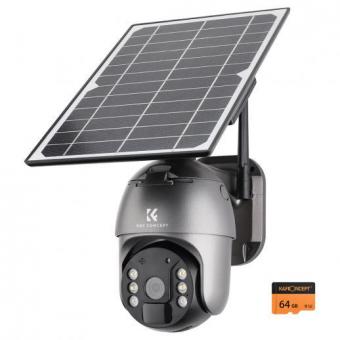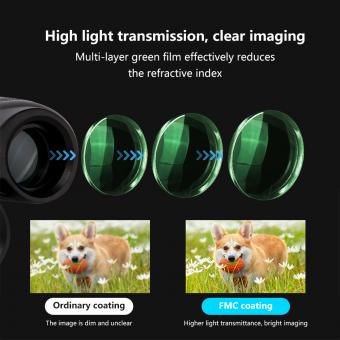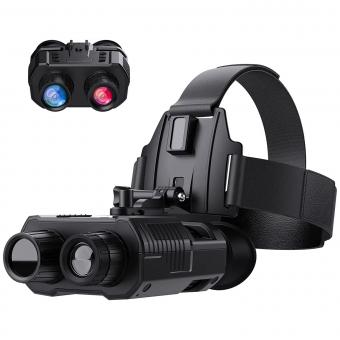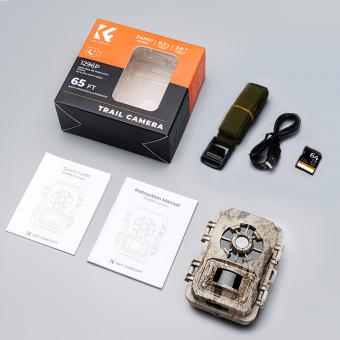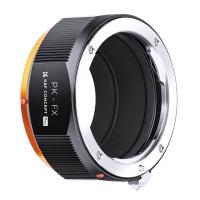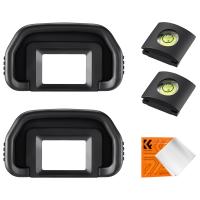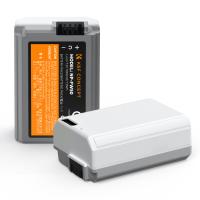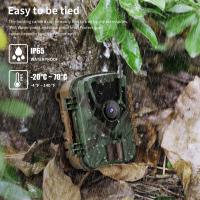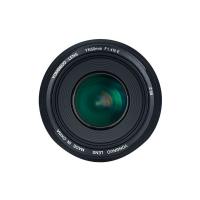What Is Digital Night Vision ?
Digital night vision is a technology that allows for the capture and display of images in low-light or no-light conditions using digital sensors and image processing algorithms. Unlike traditional night vision systems that rely on intensifier tubes to amplify available light, digital night vision uses infrared illumination and digital sensors to capture and enhance images. The captured images are then processed and displayed on a screen or monitor, allowing the user to see in the dark. Digital night vision is commonly used in military and law enforcement applications, as well as for hunting, surveillance, and wildlife observation. It offers several advantages over traditional night vision systems, including lower cost, longer battery life, and the ability to record and share images and video.
1、 Definition and Technology
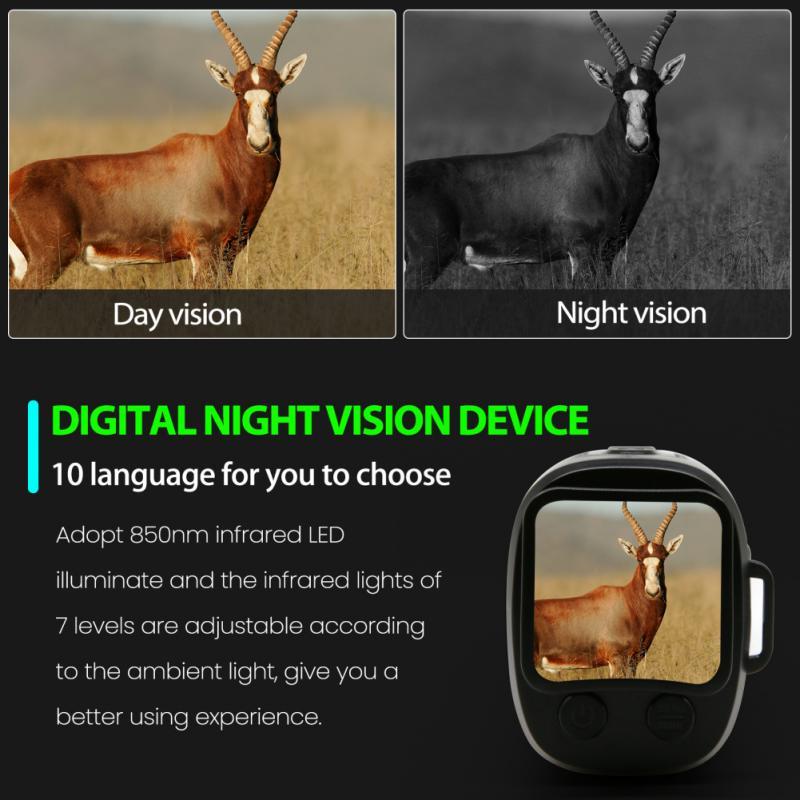
Digital night vision is a technology that allows users to see in low-light or complete darkness conditions. It works by using an electronic image sensor to capture and amplify available light, such as moonlight or starlight, and then displaying the image on a screen or through a viewfinder. Unlike traditional night vision devices that use an image intensifier tube, digital night vision does not require any external light source and can provide a clearer and more detailed image.
The technology behind digital night vision has been rapidly advancing in recent years, with improvements in image resolution, sensitivity, and color accuracy. Some of the latest digital night vision devices can even provide high-definition video recording and wireless connectivity for remote viewing and sharing.
Digital night vision is widely used in various applications, including military and law enforcement operations, wildlife observation, hunting, and outdoor activities. It offers several advantages over traditional night vision devices, such as lower cost, longer battery life, and easier maintenance.
However, digital night vision also has some limitations, such as reduced performance in extreme low-light conditions and susceptibility to interference from bright light sources. Despite these challenges, digital night vision is expected to continue to evolve and become more widely adopted in various industries and applications.
2、 Advantages over Traditional Night Vision
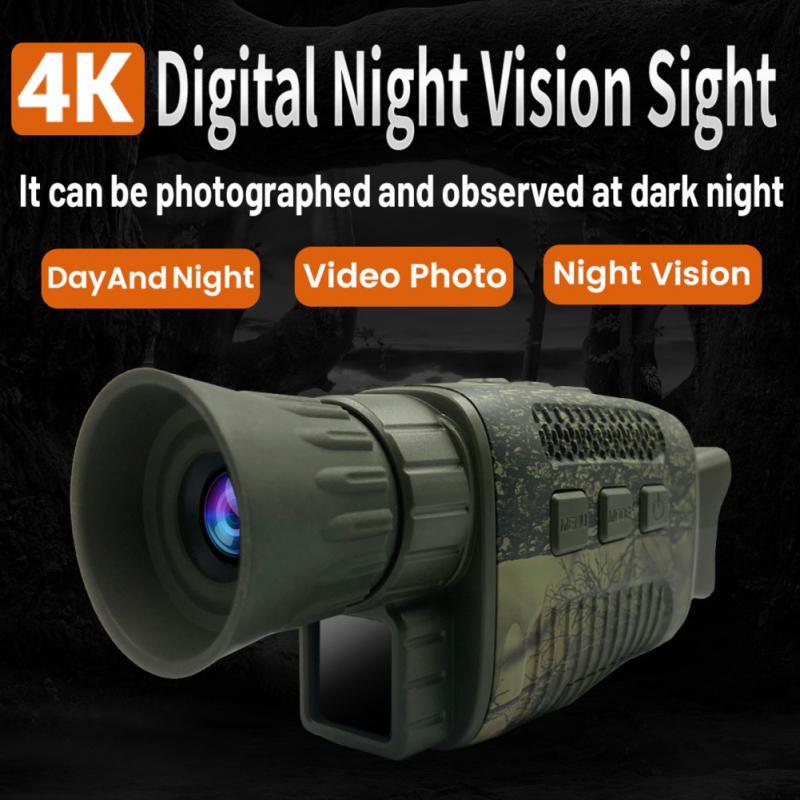
What is digital night vision?
Digital night vision is a technology that uses digital sensors to capture and amplify available light in low-light conditions. Unlike traditional night vision, which relies on image intensifier tubes to amplify light, digital night vision uses a combination of sensors, processors, and displays to provide a clear image in low-light environments.
Advantages over Traditional Night Vision:
1. Better Image Quality: Digital night vision provides a higher resolution image than traditional night vision. This is because digital sensors can capture more light and produce a clearer image.
2. Longer Battery Life: Digital night vision devices use less power than traditional night vision devices. This means that they can operate for longer periods of time without needing to be recharged or have their batteries replaced.
3. More Affordable: Digital night vision devices are generally more affordable than traditional night vision devices. This is because they do not require expensive image intensifier tubes.
4. More Versatile: Digital night vision devices can be used in a wider range of environments than traditional night vision devices. They can be used in daylight as well as low-light conditions, and they can be used for a variety of applications, including hunting, surveillance, and search and rescue.
5. Easy to Use: Digital night vision devices are generally easier to use than traditional night vision devices. They often have simple controls and intuitive interfaces that make them easy to operate.
The latest point of view on digital night vision is that it is becoming increasingly popular among hunters and outdoor enthusiasts. This is because it provides a clear image in low-light conditions, making it easier to spot game and navigate in the dark. Additionally, digital night vision devices are becoming more affordable and more widely available, making them accessible to a wider range of people.
3、 Limitations and Drawbacks

What is digital night vision?
Digital night vision is a technology that uses digital sensors to capture and amplify available light in low-light conditions. It works by converting the light into an electronic signal, which is then processed and displayed on a screen. Unlike traditional night vision devices, digital night vision does not require an intensifier tube, making it more affordable and easier to maintain.
Digital night vision devices come in various forms, including monoculars, binoculars, and scopes. They are commonly used for hunting, surveillance, and security purposes.
Limitations and Drawbacks:
Despite its advantages, digital night vision has some limitations and drawbacks. One of the main limitations is its performance in complete darkness. Unlike traditional night vision devices, digital night vision relies on available light, which means it may not work well in areas with no ambient light.
Another limitation is its susceptibility to glare and blooming. Glare occurs when bright light sources, such as headlights or streetlights, overwhelm the sensor, causing a loss of detail and contrast. Blooming occurs when the sensor is exposed to bright light, causing a halo effect around the light source.
Additionally, digital night vision devices may have lower resolution and image quality compared to traditional night vision devices. This is because digital sensors have a limited dynamic range, which can result in a loss of detail in bright and dark areas of the image.
Latest Point of View:
Despite its limitations, digital night vision technology is constantly improving. Manufacturers are developing new sensors with higher sensitivity and dynamic range, which can improve image quality and reduce glare and blooming. Additionally, some digital night vision devices now incorporate infrared illuminators, which can provide additional illumination in complete darkness.
Overall, digital night vision is a useful technology for low-light conditions, but it is important to understand its limitations and choose the right device for the intended application.
4、 Applications in Military and Law Enforcement
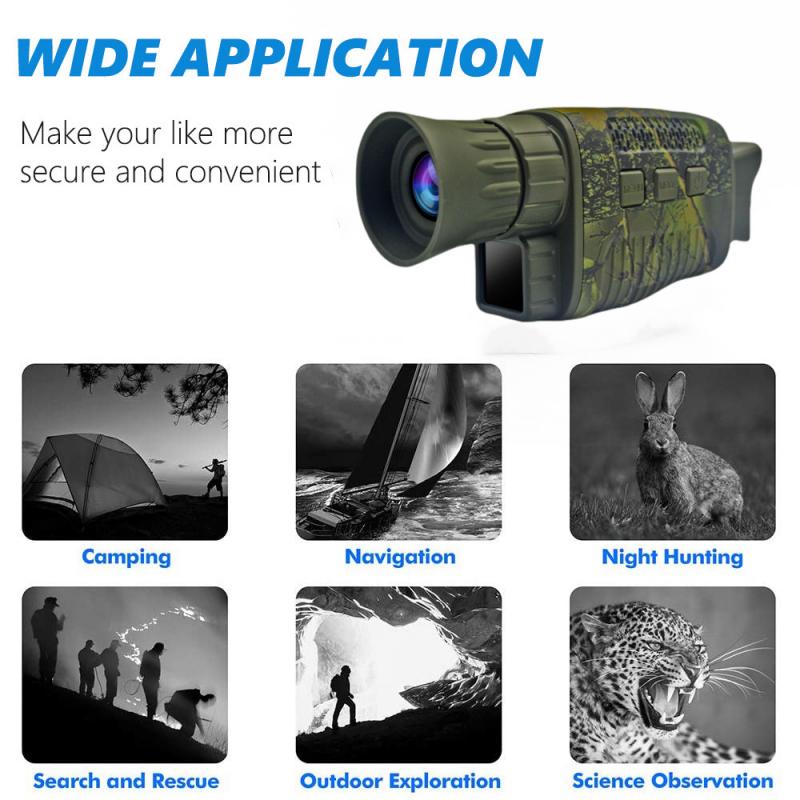
What is digital night vision?
Digital night vision is a technology that uses digital sensors to capture and amplify available light, allowing users to see in low-light or no-light conditions. Unlike traditional night vision devices that use image intensifier tubes, digital night vision devices use electronic sensors to capture and display images.
Applications in Military and Law Enforcement:
Digital night vision technology has become an essential tool for military and law enforcement agencies around the world. It provides a significant advantage in low-light or no-light conditions, allowing users to see and engage targets that would otherwise be invisible.
In military applications, digital night vision is used for reconnaissance, surveillance, and target acquisition. It allows soldiers to operate in complete darkness, giving them a tactical advantage over their enemies. Digital night vision is also used in military vehicles, aircraft, and ships to provide situational awareness and enhance navigation.
In law enforcement applications, digital night vision is used for surveillance, search and rescue, and tactical operations. It allows law enforcement officers to see suspects and potential threats in low-light or no-light conditions, improving their safety and effectiveness.
The latest point of view:
The latest advancements in digital night vision technology have improved image quality, reduced size and weight, and increased durability. Some digital night vision devices now incorporate thermal imaging technology, which detects heat signatures and provides even greater visibility in complete darkness.
Moreover, the latest digital night vision devices are equipped with wireless connectivity, allowing users to stream live video and share data in real-time. This feature is particularly useful in military and law enforcement operations, where situational awareness and communication are critical.
In conclusion, digital night vision technology has become an essential tool for military and law enforcement agencies, providing a significant advantage in low-light or no-light conditions. The latest advancements in digital night vision technology have improved image quality, reduced size and weight, and increased durability, making it an even more valuable tool for those who rely on it.



